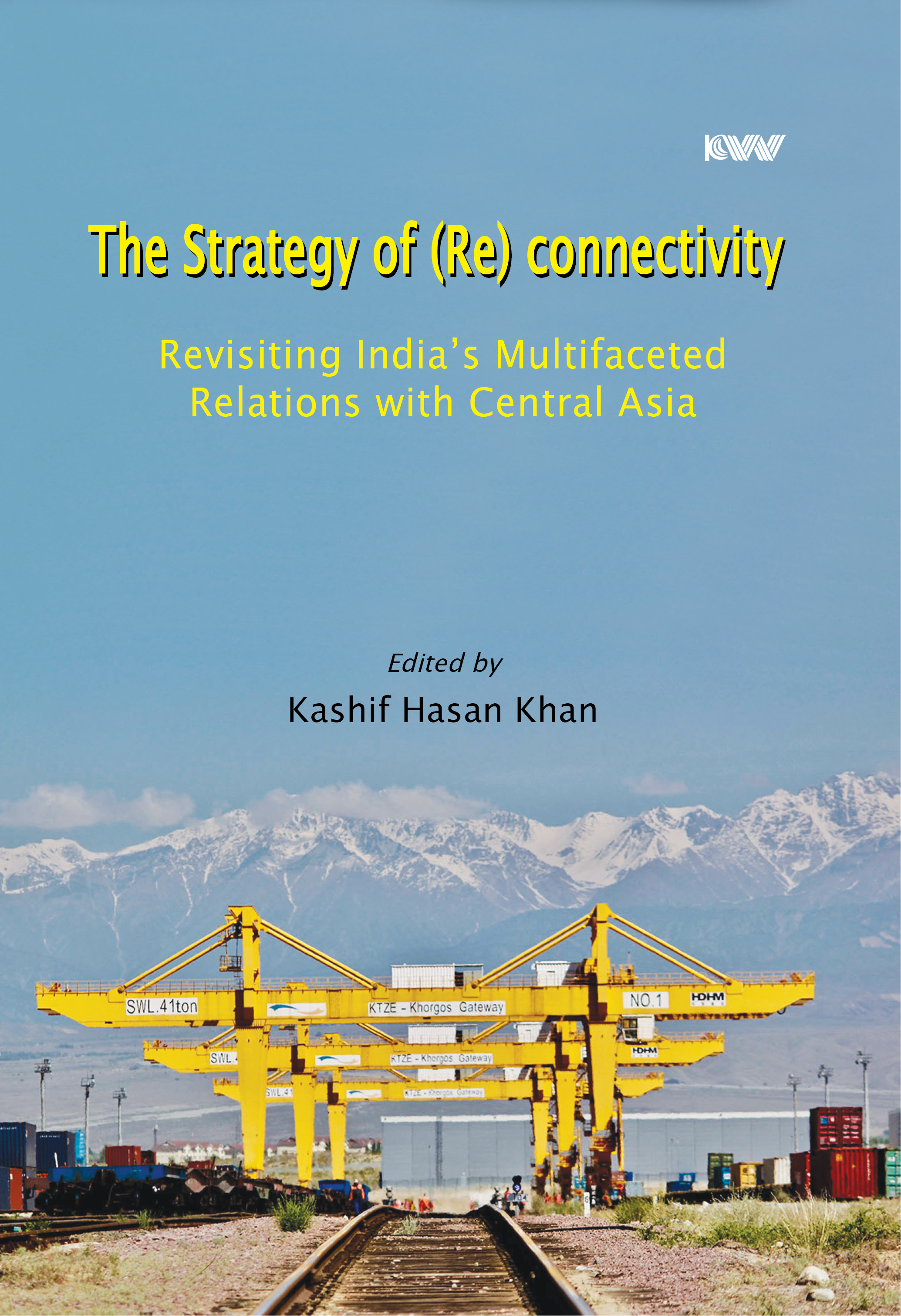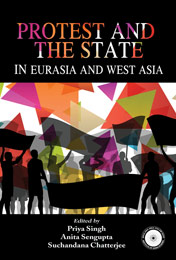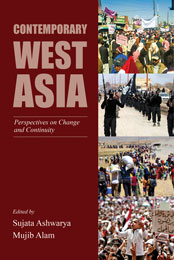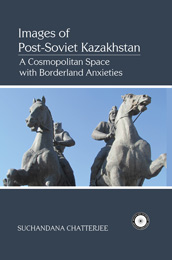Subjects
The Strategy of (Re) connectivity: Revisiting India’s Multifaceted Relations with Central Asia
Editor Kashif Hasan Khan
Central Asia has re-surfaced as a crucial point of reference in the international, geostrategic power rivalry or a “new Great Game,” with Russia, China and the US vying over security and energy interests in the region. It has immensely attracted the attention of other important regional players such as Turkey and Pakistan. For India, an emerging power with regional and global ambitions, Central Asia plays tremendously important role, as its ‘extended neighbourhood’. Strategically positioned Central Asia with its rich resources, relatively advanced infrastructure, human capital and recently introduced economic reforms, is an attractive partner for India. Therefore, New Delhi, with its growing aspirations, undertakes various initiatives to reconstruct the ancient connections with Central Asian states and adjust them to the new geostrategic realities of the 21st century.
The book discusses the issues which are vital to Central Asian Republics and to India, including the threats they face, such as terrorism, fundamentalism and its consequences. It touches upon the China’s regional aspirations and objectives, including the massive BRI initiative (Belt and Road), discusses the challenges of (lack of) territorial connectivity between India and Central Asian Republics, the interests of other great powers, etc. This publication analyses various aspects of historical background, presents some literary discourses, while thoroughly referring to the contemporary strategic, socio-political and economic dynamics of the region.


 Political Science
Political Science




